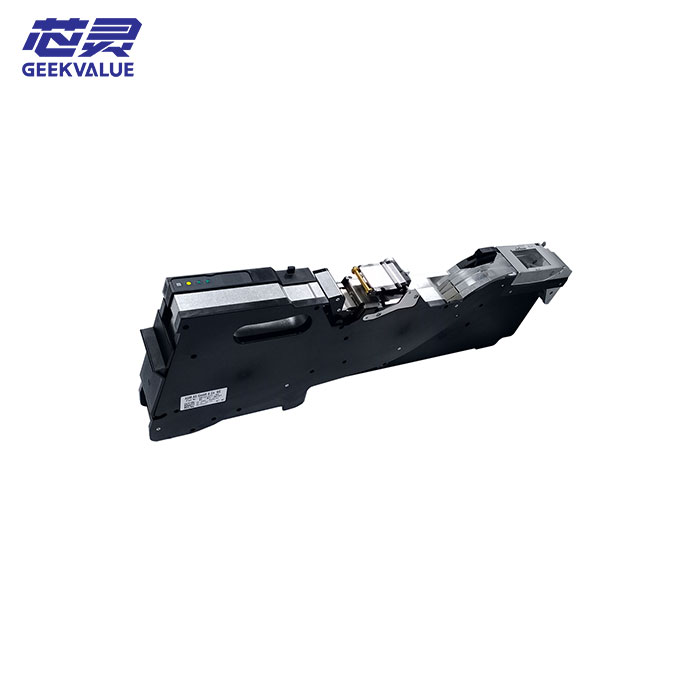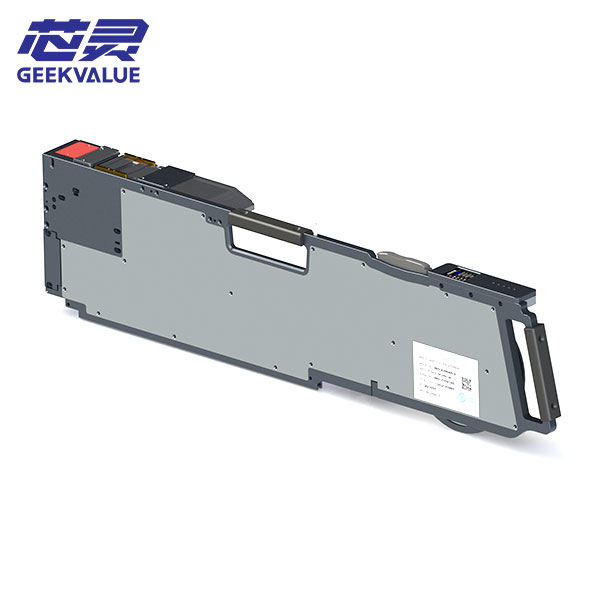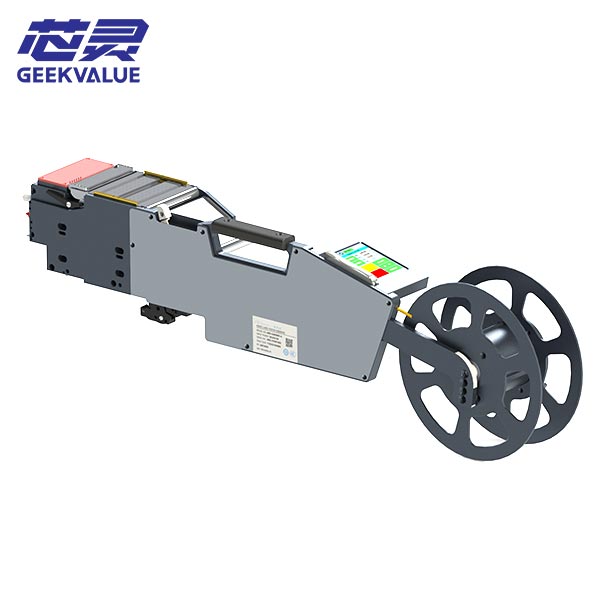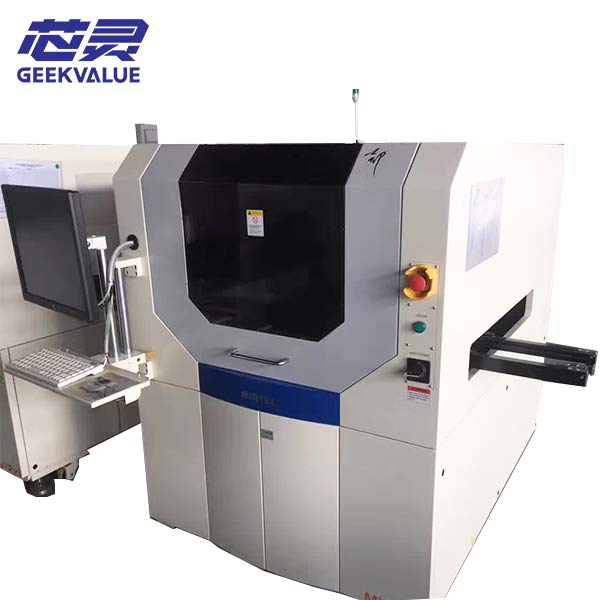Fuji SMT Machine 12MM Feeder의 주요 기능 및 기능은 다음과 같습니다.
부품을 정확하게 배치: 12MM 피더의 주요 기능은 트레이에서 부품을 꺼내 PCB 보드에 정확하게 배치하는 것입니다. 이것은 배치 머신 작업의 핵심 부분으로, 각 부품을 미리 정해진 위치에 정확하게 배치할 수 있도록 합니다.
생산 효율성 향상: 12MM Feida는 효율적인 공급 및 배치 프로세스를 통해 생산 효율성을 크게 개선하고, 가동 중지 시간과 오류율을 줄여 전체 생산 라인의 효율성을 개선할 수 있습니다.
고장 및 가동 중지 시간 감소: 12MM 피더를 정기적으로 교정하고 유지 관리하면 기계적 마모가 줄어들고, 장비 수명이 늘어나고, 고장률과 가동 중지 시간이 줄어들며, 생산 라인의 효율적인 운영이 보장됩니다.
다양한 구성 요소에 적응: 12MM 피더는 다양한 크기의 구성 요소에 적합하여 다양한 생산 요구를 충족시키고 생산의 유연성과 적응성을 향상시킬 수 있습니다.

유지 보수 및 교정 방법
12MM 피더의 정상적인 작동을 보장하기 위해 정기적인 유지관리 및 교정이 필요합니다.
정기적인 청소: 피더 작동 중 먼지와 보푸라기가 발생합니다. 오랫동안 청소하지 않으면 정확도가 떨어집니다. 피더의 슬라이더, 클램프 및 기타 부분을 정기적으로 청소하여 먼지가 쌓이지 않도록 하십시오.
정기적인 급유: 급유기의 핵심 부품은 마찰을 줄이고 정확도가 떨어지거나 소음이 증가하는 것을 방지하기 위해 정기적으로 급유해야 합니다.
공기 공급원 필터 교체: 공기 중의 습기와 불순물이 노즐의 흡착 효과에 영향을 미치지 않도록 공기 공급원 필터를 정기적으로 교체하세요.
부품 점검: Feida의 부품을 정기적으로 점검하여 손상이나 느슨함이 없고 제대로 작동하는지 확인하세요.
시각적 시스템 교정: 카메라 조정, 참조점 교정 및 위치 조정을 통해 피더 위치의 정확성을 보장합니다.
기계적 교정: 기계적 구성 요소를 확인하고 표준 기준 도구를 사용하여 위치와 각도를 측정하고 고정 볼트를 조정하여 피더가 표준 위치에 도달하도록 합니다.
소프트웨어 교정: 지원 교정 소프트웨어를 설치하고 실행하여 매개변수 설정 및 자동 교정을 수행하고, 교정 효과를 검증하고 조정합니다.






